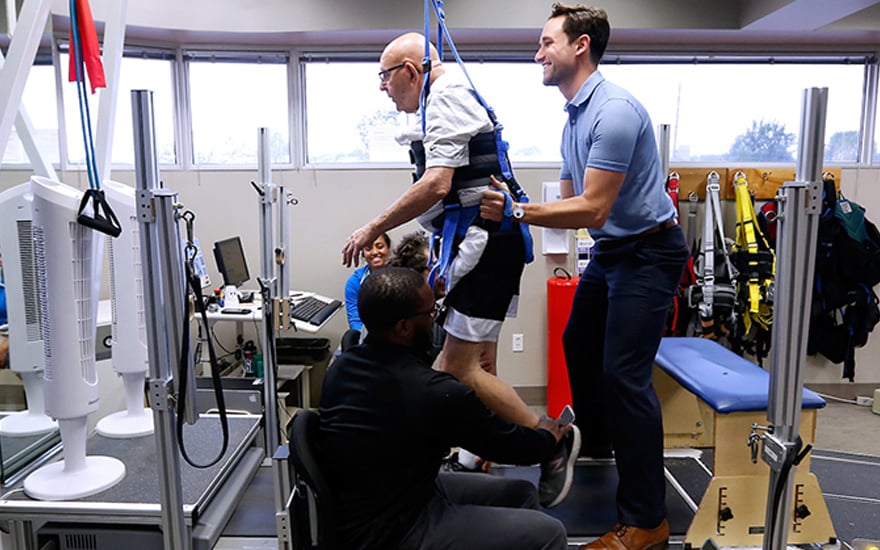Learning Common Athletic Injuries as well as Effective Recovery Strategies aimed at Athletes
Learning Common Athletic Injuries as well as Effective Recovery Strategies aimed at Athletes
Blog Article
Athletic traumas are frequent among athletes of every age groups and skill levels. These traumas can happen in various forms, including sprains, muscle injuries, breaks, and tendonitis. Comprehending the kinds of traumas that can occur during sports events is crucial for not only prevention and care. Sprains, for example, entail the overextending or tearing of ligaments, which connect skeletal structures at a joint. Muscle injuries, on the other hand, affect muscle tissues or tendons, which connect muscles to bones. Identifying these traumas early can assist athletes seek appropriate care and come back to their activity more quickly.
One of the most frequently seen traumas in sports is the ankle ligament injury. This trauma often occurs when an individual touches down awkwardly or rotates their foot during a game. Signs of an ankle ligament injury include discomfort, swelling, and trouble walking. Prompt treatment typically includes the R.I.C.E. approach, which stands for Recovery, Ice, Wrapping, and Elevation. This method aids reduce inflammation and pain. In severe serious situations, physical treatment may be necessary to regain strength and flexibility to the ankle before going back to athletics.
Another frequent trauma is a muscular strain, which can occur in any sport that demands sudden actions or heavy weight-bearing. Sportspeople may experience a muscular strain when they stretch a muscular tissue too far or when they apply too much effort. Symptoms include sharp discomfort, swelling, and muscular spasms. Rehabilitation for muscle injuries often includes gentle stretching and conditioning exercises. Slowly increasing exercise levels is vital to prevent re-injury. Sportspeople should work tightly with a rehabilitative therapist to develop a secure and effective recovery strategy.
Tendonitis is another injury that can impact sportspeople, particularly those who engage in repetitive movements, such as runners or swimmers. This issue happens when a tendon, which connects muscle to bone, becomes inflamed. Frequent locations involved by tendonitis include the elbow, shoulder, and knee. Signs often include discomfort and rigidity, especially during activity. Care for tendon inflammation usually involves rest, ice, and anti-inflammatory medications. In certain cases, physical therapy may be suggested to enhance mobility and power in the injured region.
Preventing sports traumas is just as important as addressing them. Athletes can minimize their chance of injury by heating up properly before events, using the right equipment, and keeping good fitness shape. Power training and flexibility workouts can assist ready the physique for the demands of sports. Additionally, sportspeople should listen to their bodies recommended read and allow rest when needed. By understanding common sports injuries and applying efficient recovery plans, athletes can remain fit and enjoy their favorite sports for a long time to follow.